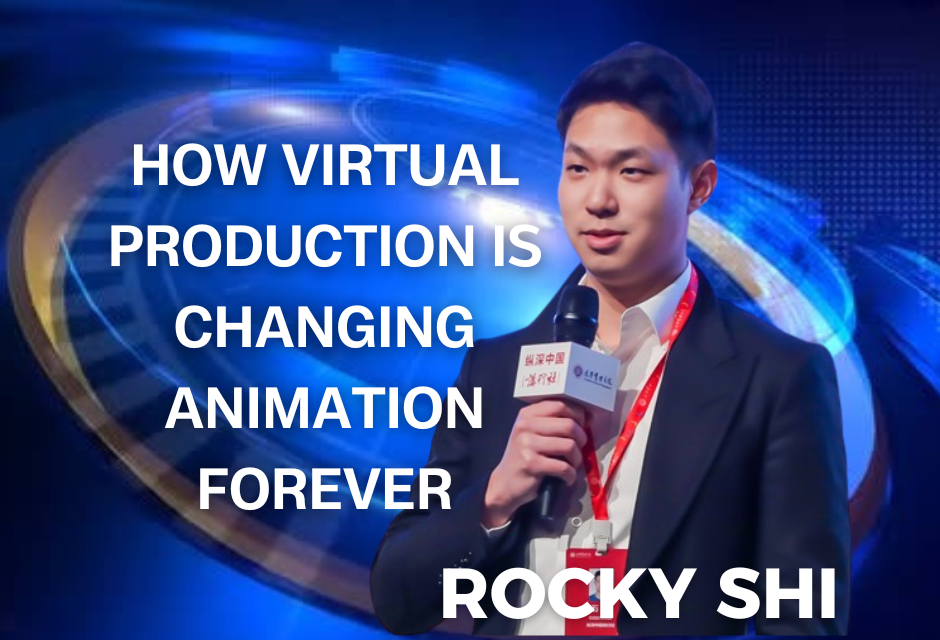Animated films have been in existence for over a century, and yet the technology behind them continues to evolve. Now, as audiences have more choice than ever before, the animation industry is developing even more exciting innovations to expedite the production process and tell new, globally resonating stories.
Most recently, the COVID-19 pandemic drastically altered the film industry as a whole, as virtual production flourished while in-person production stalled. Virtual production has the chance to revolutionize the animated film industry — but what, exactly, does the process entail, and how do animation studios adapt to modern times?
What Is Virtual Production?
What is virtual production? This term describes the use of advanced technology to create either virtual characters or set pieces in films or television shows. One of the earliest referenced examples of virtual technology used in filmmaking, to great success, is James Cameron’s Avatar. This 2009 film utilized a high-tech camera to show the actors’ virtual characters in real time – a technique becoming increasingly common on production sets.
Another production that significantly impacted the animation industry was 2019’s The Lion King, which famously used the game engine Unity to film scenes in virtual reality. Additionally, many of the characters were modeled on actual animals and programmed with Artificial Intelligence (AI) rather than through traditional hand-drawn animation.
From motion capture and real-time VFX to animating characters via AI programs, animation filmmakers have begun to experiment with cutting-edge virtual production practices over the last decade. However, the arrival of the COVID-19 pandemic shifted these practices from experimentation into virtual necessity.
Virtual Production and the Pandemic
While virtual production techniques weren’t as commonplace when the COVID-19 pandemic first hit, but many studios began to adapt quickly. Such techniques were discovered to save actors and crew from coming to set or interacting in larger groups. Shots could be planned well in advance thanks to video game software that planned out where actors would stand and how they would be lit. LED screens, like those used in 2019’s The Mandalorian, saved crews from traveling to different locations, as in-camera VFX was available.
And for animation, employees could work remotely and access projects on the same timeline. Video game engines allowed for quick, easy collaboration for people around the globe, as departments no longer had to waste time passing assets off to one another. And rather than animators spending time drawing scenes frame by frame, technology allowed producers to reduce redundancies and automatically generate sequences through CGI. This continues to free up animators to work on larger, more complex projects.
How Virtual Production Affects Animation Now
As we begin to ease out of the pandemic, studios are still retaining the benefits of virtual production — and exploring them further. For the animation industry, the advantages are clear. Skipping the 2D animation process and going directly to 3D, or collaborating directly in Unity’s Unreal Engine, cuts down on costs and frees up studios to make more work from various creators. And with motion capture and other graphics open to any part of the world, global collaboration amongst teams has never been easier.
Not every studio is embracing the move towards virtual production, as it does require hiring staff with the correct software knowledge. Ultimately, however, embracing this new technology can allow studios to produce more content, more efficiently. Odds are, as you head to the movies or load up a new animated series on your television at home, some aspect of virtual production will have been involved!




